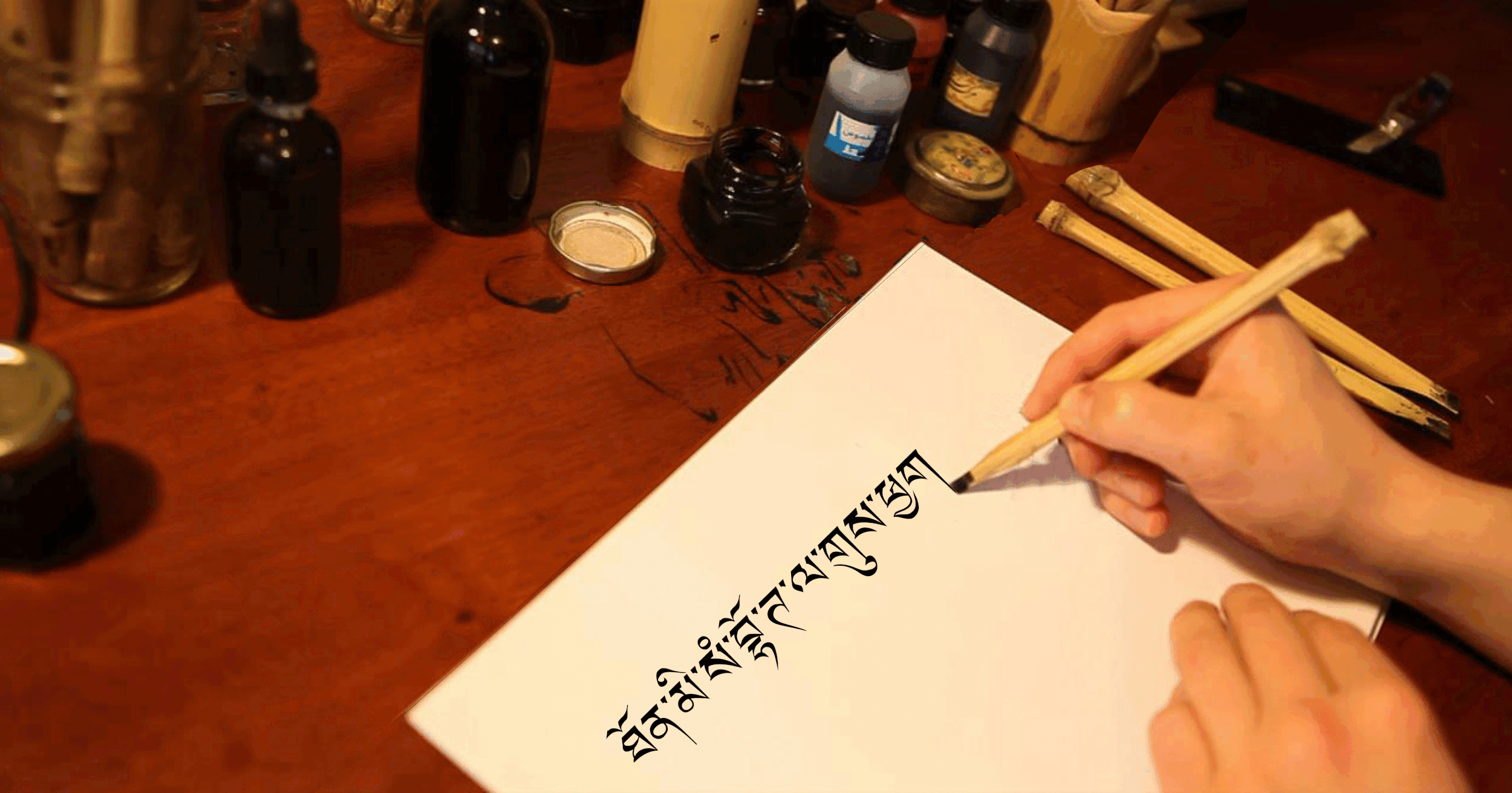
Nitartha international Sambhota Fonts
Sambhota Unicode Dedris/Ededris Font Package
Description
The SambhotaUnicode Font Package contains the Unicode version of our popular Dedris and Ededris fonts. We have added many new Sanskrit-Tibetan character stacks and have paid significant attention to improving their overall appearance. Our newest Unicode font works on both Windows (Vista and above), Mac OS X (Lion and above), and Linux. With Tibetan Unicode, users can enter text using different Tibetan fonts without needing to convert from different encoding formats. In the past prior to Unicode, different Tibetan font providers used their own proprietary Tibetan encoding formats. Thus, switching from one Tibetan font to another would require running conversion software. Not only that, previous font files only supported 256 potential characters. Therefore multiple font files had to be used to support a full set of Tibetan-Sanskrit characters. Each Tibetan Unicode font file can support over 60000 characters allowing for extensive customized character stack support.
The SambhotaUnicode font has characters that look exactly like the characters in the Sambhota Dedris/Ededris fonts. We have added many additional characters required by the Unicode standard. Also, each character stack plus vowel combination is now a single glyph in the font. This leads to better uniformity when printing, publishing on the web or when copying text between different programs.
Please note that even though the operating systems on the PC and Macintosh support Unicode, this does not mean that all individual software programs provide such support. Thus you may find that your favorite word processor does not currently support Tibetan Unicode. Open Office, LibreOffice, Pages, TextEdit (Mac) do support Tibetan Unicode, however. MS Word has Unicode support but there can be issues using Microsoft Word with the Sambhota Unicode fonts depending on your version of Microsoft Word.
You will need to acquire a Tibetan Unicode keyboard for your operating system to use the fonts. There are various keyboards available. See more about the different options available at:
https://collab.its.virginia.edu/wiki/tibetan-script/Tibetan%20Input%20System%20Principles.html
This site also has a wealth of information with regard to using Tibetan Unicode on various platforms.
There are some beautiful Seed Syllable Visualization Images created by Jhaura Wachsman using the Sambhota Unicode fonts. Check out:
https://www.jhaurawachsman.com/tibetan-buddhism-seed-syllable-visualization-images






